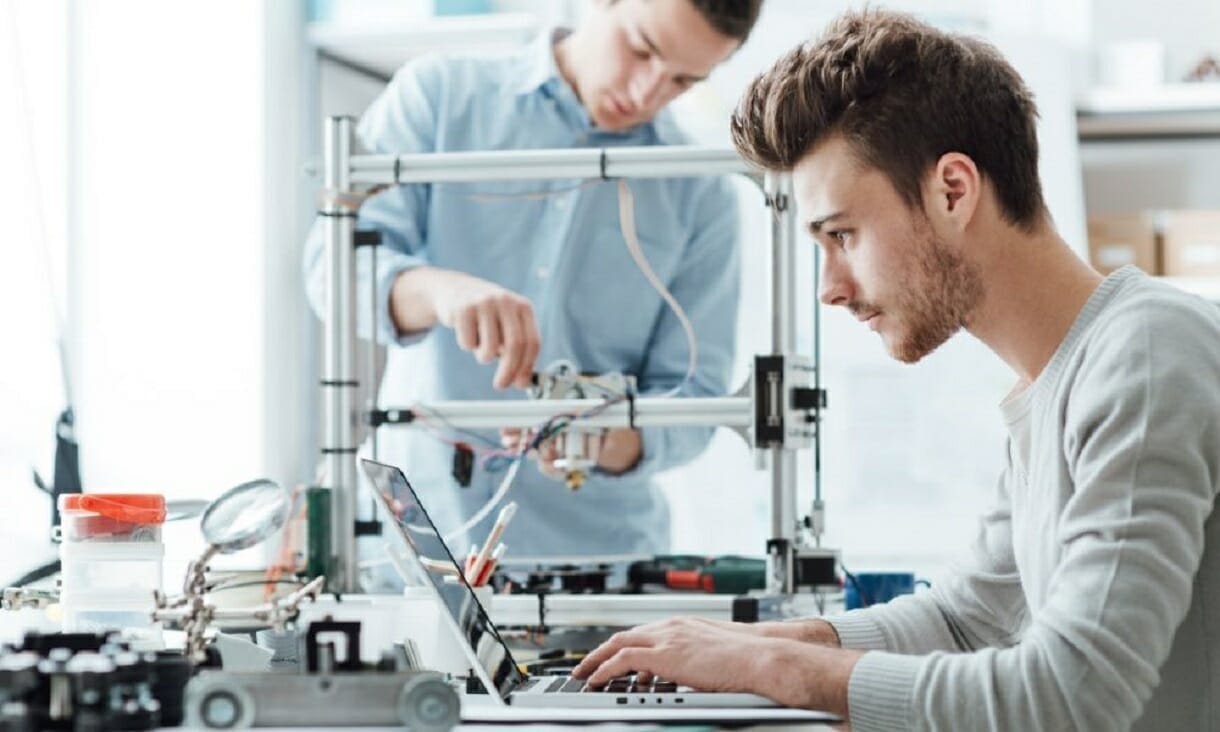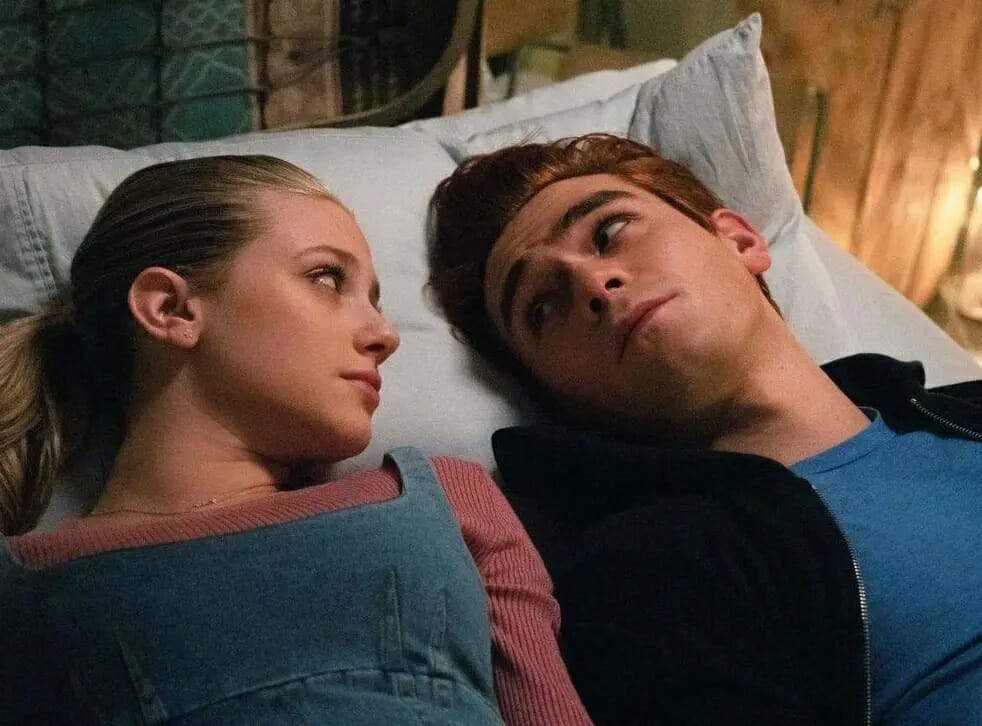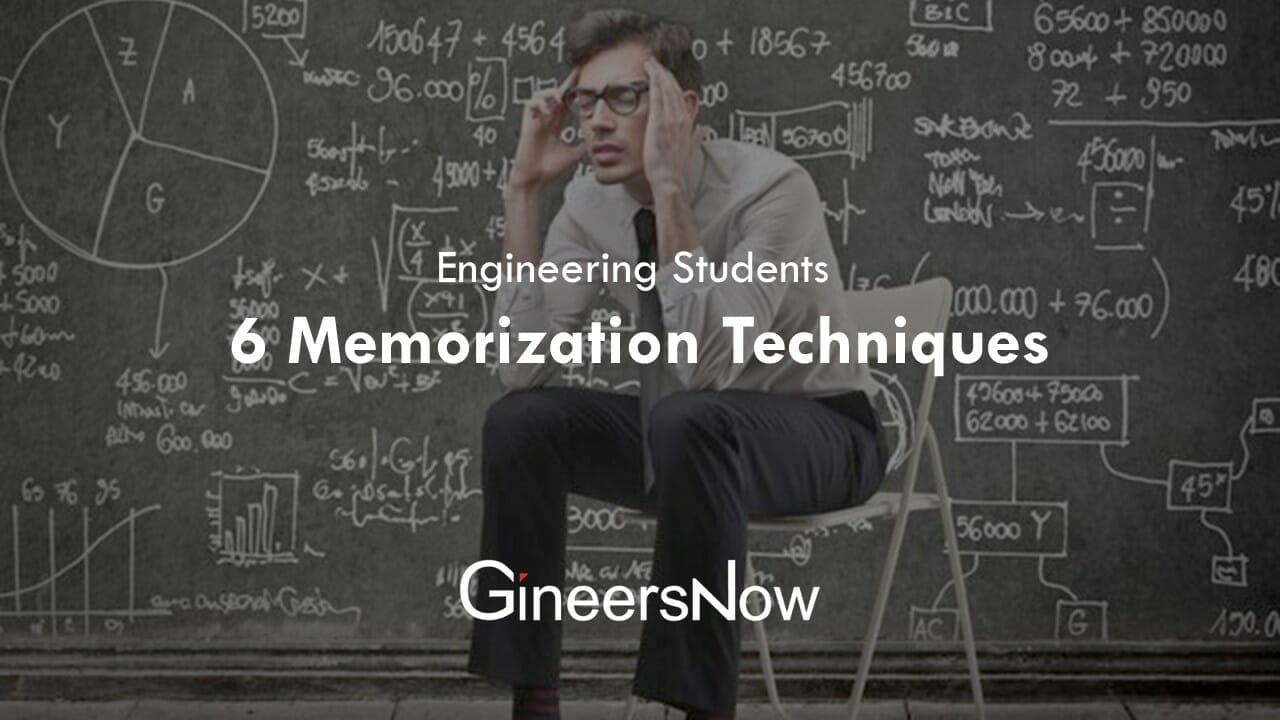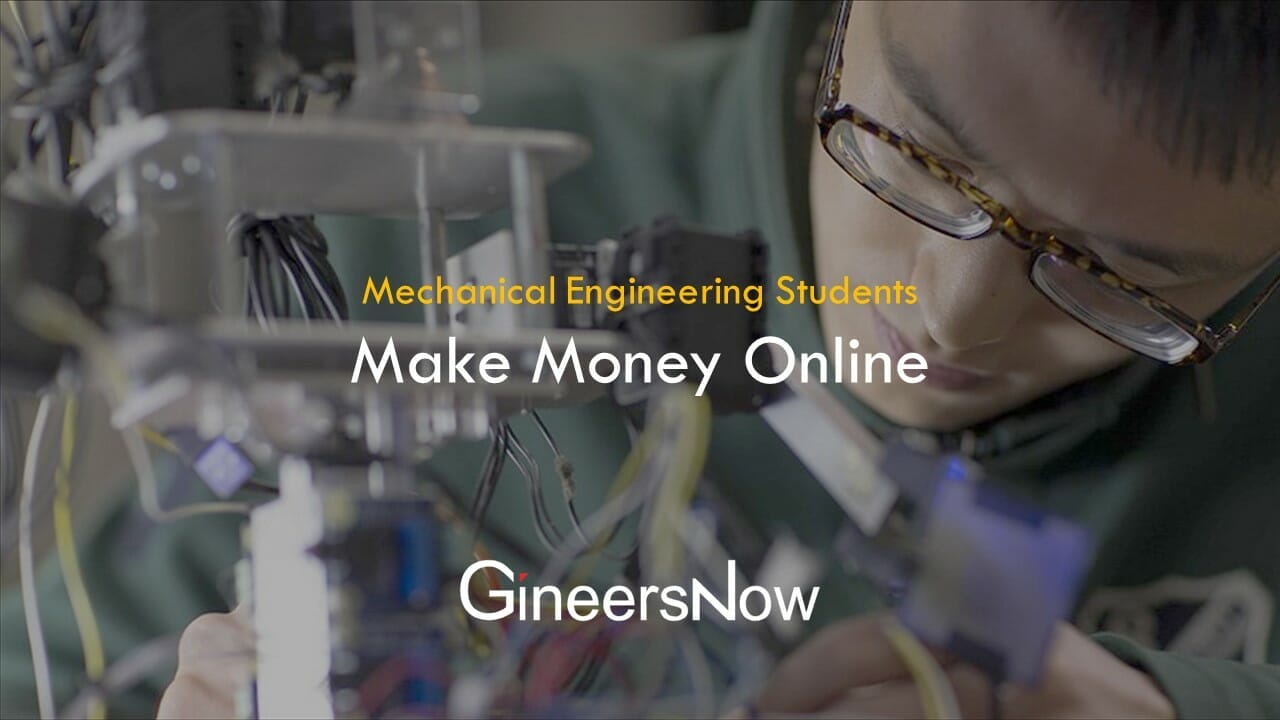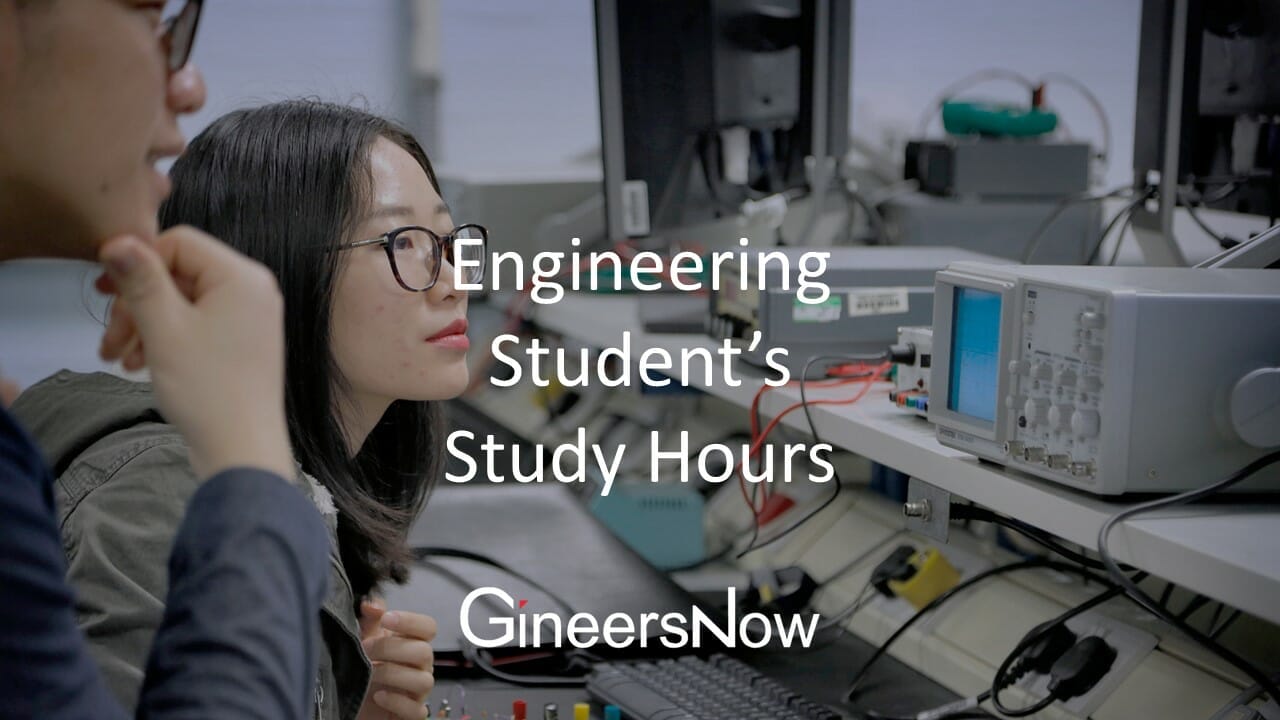Student Inventions That Can Change the World
We all want to make our lives easier and more comfortable. Smart technology that we already have enables us not to think twice about daily routines. The safety and security products, detection tools, everything counts. Whether it is about our health, household tasks, or cooking, we all need a helping hand sometimes.
Some designers work on their ideas their whole life. Others just see the solution in everything that surrounds them and seize the problem. Without a doubt, modern issues require modern solutions and a fresh outlook. As a student in STEM, you might have experienced the problem of being stuck in one place.
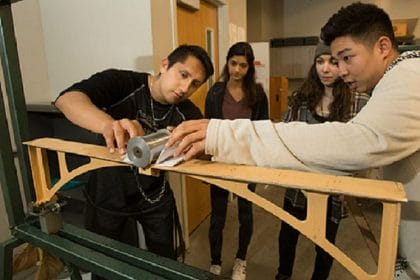
At the same time, you might be working on the project yourself. The enormous workload of practical tasks and theoretical assignments can stand in the middle of you and your venture. It is possible to reduce the pile of papers with the best college essay writing service like Essaypro and organize your studying process. Even if you are a creative genius, the structure is essential to achieve visible results.
There’s no recipe for a perfect idea, and many life-changing creations were born after many tries. Innovations take roots in small observations, in talking with others, and looking for areas of improvement. These young creators showcase how opportunities for innovation are surrounding us every day, but we often don’t notice them. Inspiring student inventions!
Riya Karumanchi’s SmartCane
Riya Karumanchi first got the idea for her invention when she met her friend’s visually impaired grandmother. A traditional cane is the only way for visually impaired people to freely travel. It has many drawbacks, and visually impaired people deserve better essential products to improve their quality of life. That’s what motivated RIya to create a fusion of cutting-edge smart tech with a standard white cane.
Her latest prototype features haptic-based GPS navigation. It vibrates when a person needs turn-by-turn directions, one buzz for a left turn, two for a right. It also incorporates an ultrasonic proximity sensor, which helps people to avoid injuries. It notifies the user about hazardous objects from knee to head height.
Karumanchi wants to include an AI-powered camera to the device. It can provide people with descriptions of everyday objects and face recognition. The startup now has enough funding to turn her invention into an affordable option for people who need this technology.
Erin Smith’s FacePrint
Erin Smith has always been curious and hungry for knowledge. Ever since she was a child, she would carry around a notebook. She quickly fell in love with science as she grew older. Her first research was a clean oil sand extraction method, and soon she expanded the area of her interest.
She became interested in the early detection and prevention of neurological disorders back in 2016. Smith watched old videos of Michal J. Fox and noticed the distinctive early symptom of Parkinson’s. She got support from Michael J. Fox Foundation to study and invented FacePrint, the AI tool that looks for signs of Parkinson’s.
Now, Erin studies neuroscience and computer sciences at Stanford University. She works with its medical school on the FacePrint prototype. It can be used long before traditional tests, and create a strategy to mitigate the progress of the diagnosis.
Neil Deshmukh’s PlantumAI and VocalEyes
Neil Deshmukh became interested in AI technology when he was fourteen. He built a device that used face recognition and to lock doors. At the age of 17, he has already created two apps that could be used practically.
PlantumAI is an app designed to detect and diagnose crop diseases via camera. This technology is helpful to farmers and home gardeners, as it eases the treatment plans and saves time for users. The VocalEyes is his co-founding project, the app that provides visually impaired people to get access to audio descriptions via their smartphones. The app uses AI to decode the images shot on camera and analyze them.
Deshmukh is a winner of international and national contests held by Google, T-Mobile, and General Motors. He is studying artificial intelligence at MIT, and he believes progress helps people, but it can’t substitute the human connection. Both of his inventions are inspired by his family, and he always carries inspiration from personal.
Boyan Slat’s The Ocean Cleanup
The problem of ocean pollution tackles many young minds and many students working on solutions. At the age of 19, Boyan Slat student inventions came up with an idea on how to reduce plastic pollution in oceans and rivers. He started with conceptualizing and creating booms that can effectively and energy-efficiently collect plastic. The technology was designed specifically to avoid harming fish and plankton.
At the moment, The Ocean Cleanup offers solutions that gather, sort, and allow recycling plastic. It is a non-profit organization that continues developing devices for cleaning up the water. What makes Slat’s invention revolutionary is the lack of negative impact and increased benefit from recycling.
In July 2021, System 002 collected 9k kilograms of trash from oceans proving to change the course of events in the future. At the moment, the Ocean Cleanup team works on System 003 for oceans and the Interceptor for rivers. Slat proves that it doesn’t only take talent to create a product, but the dedication and passion to keep on advancing your gear.
Gitanjali Rao’s Tethys
Another problem humanity faces nowadays is access to clean water. Many areas all around the globe are affected, and communities struggle with sanitation and agriculture. Gitanjali Rao won a 3M Young Scientist Challenge with her device Tethys. It uses carbon nanotube sensors to detect lead in the water.
The device can send a report about water via Bluetooth. She worked with the Denver water facility on a prototype and plans to expand the possibilities of her invention. She also contributed to the tools of early diagnosis of prescription opioid addiction. Among many of her inventions is the app Kindly, the AI tool that can detect cyberbullying online.
She is a member of the Scouting STEM student inventions program in the US and plans to continue her scientific pursuits. Rao is inspired by problems that impact people and strives to change the world in the future.
Shubham Banerjee’s DIY Braille Printer
At the age of 13, Shubham Banerjee was inspired to look for more affordable solutions for visually impaired people. He had access to LEGO Mindstorms EV3 robotic kit to develop his first open-source portable printer. With almost zero funding, he proved that technology could be created without having to increase prices for the printers.
He launched a startup in 2015, Braigo Labs along with his parents. The same year the company managed to create a prototype student inventions that was five times cheaper in comparison to industry printers.
Shubham Banerjee is currently obtaining a double degree at University of California Berkeley as a part of M.E.T program. He looks forward to designing affordable solutions and other devices that can change people’s lives.
Wrapping Up
The inspiration comes from all places, from family and friends to just observing the world around you. You don’t have to create a revolutionary device from the first attempt. But it is important to keep looking for the answers to your questions and stay curious for more. Truly inspiring student inventions


